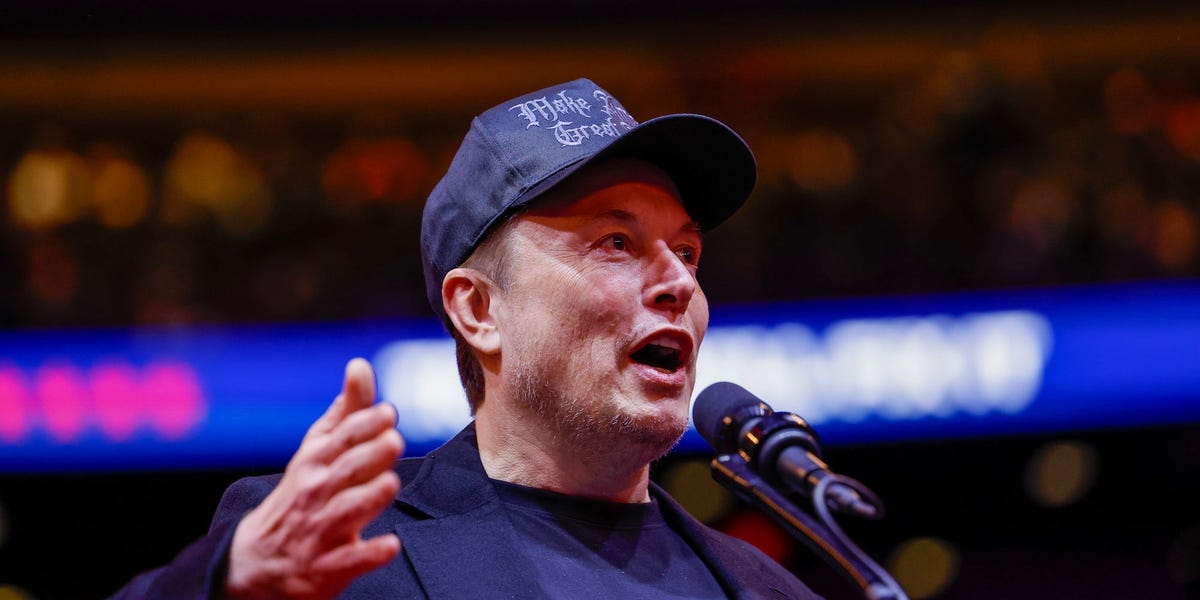Navigating the Challenges: How Elon Musk’s Moves Complicate Starlink’s Global Ambitions
As Elon Musk continues to influence the trajectory of Starlink, the satellite internet service faces unexpected hurdles in its quest for worldwide connectivity. Starlink, a project of Musk’s SpaceX, aims to provide high-speed internet access to underserved and remote areas around the globe. However, Musk’s ambitious moves and decisions have complicated this mission, creating a complex web of challenges that the company must navigate. In this article, we’ll delve into the various factors at play, analyze their implications, and explore how Starlink can continue to push forward in its quest for global internet access.
Understanding Starlink’s Mission
Starlink’s primary goal is to deliver reliable, high-speed internet to individuals and businesses in hard-to-reach locations. With thousands of satellites already launched into low Earth orbit, Starlink has quickly become a key player in the satellite internet market. Its technology is designed to provide coverage in areas where traditional broadband infrastructure is lacking or nonexistent.
However, the road to achieving global connectivity is fraught with challenges—both technical and regulatory. The influence of Elon Musk, while often seen as a driving force behind innovation, has also introduced complexities that may hinder Starlink’s progress.
Elon Musk’s Influence: A Double-Edged Sword
Elon Musk is known for his bold, often unconventional decisions that can shift the direction of entire industries. His involvement in Starlink has brought significant attention and investment, but it has also raised questions about the company’s long-term strategy. A few key areas where Musk’s influence complicates Starlink’s ambitions include:
- Public Perception: Musk’s high-profile persona and controversial statements on social media can lead to mixed public perceptions of Starlink. While some view him as a visionary, others may question the reliability and intentions of the service he promotes.
- Regulatory Scrutiny: Musk’s tendency to challenge regulatory norms can lead to increased scrutiny from government agencies. For a satellite internet service, navigating this landscape is critical, as regulatory approval is often essential for expansion into new markets.
- Market Disruptions: Musk’s other ventures, such as Tesla and Neuralink, often capture headlines and investor attention, which can detract from Starlink’s focus. This diffusion of attention may impact funding and resources allocated to Starlink’s development.
Regulatory Challenges and International Relations
One of the most pressing challenges for Starlink is navigating the complex regulatory environment it faces as it seeks to expand globally. Different countries have varying regulations regarding satellite communications, and compliance can be a daunting task. Musk’s ambitious approach sometimes puts him at odds with regulatory bodies.
For instance, in 2021, the Federal Communications Commission (FCC) in the United States faced public pressure to reassess how it allocates spectrum for satellite internet services. Musk’s comments about competing technologies and his plans to launch even more satellites exacerbated tensions. This can create a ripple effect, leading to cautious approaches from other countries that are wary of Musk’s assertive style.
Technological Hurdles: Balancing Speed with Safety
Starlink’s technology is revolutionary, but the rapid pace of deployment has its own set of challenges. Musk’s ambition to launch thousands of satellites in a short period has raised concerns regarding space debris and the safety of satellites in orbit. Accidents involving satellites can lead to collisions, which pose risks not only to Starlink’s satellites but also to other spacecraft.
The complexity of managing a large constellation of satellites also means that Starlink must invest heavily in technology to prevent these risks. This includes advanced tracking systems and collision avoidance technologies, which can significantly increase operational costs. Musk’s push for rapid deployment may not always align with the necessary precautions to ensure long-term sustainability.
Competitive Landscape: Rising Rivals
As Starlink forges ahead with its ambitious plans, it faces fierce competition from both established players and new entrants in the satellite internet market. Companies like Amazon’s Project Kuiper and OneWeb are also vying for a significant share of the market, and their strategies may differ drastically from Starlink’s.
Elon Musk’s competitive spirit often leads him to make bold claims about Starlink’s capabilities, but these claims can backfire in a crowded market. If competitors succeed in offering better technology or pricing, Starlink could find itself in a precarious position. The challenge lies not only in maintaining technological superiority but also in navigating the public relations aspect of competition.
Future Directions: A Path Forward for Starlink
Despite the challenges posed by Musk’s influence and the competitive landscape, there are several avenues Starlink can explore to enhance its global ambitions:
- Enhancing Collaboration: Building partnerships with local governments and telecommunications companies could ease regulatory hurdles and facilitate smoother market entry. Collaboration can also foster trust and improve public perception.
- Investing in Technology: Continuing to innovate and invest in satellite technology is crucial. By focusing on safety and sustainability, Starlink can mitigate concerns about space debris and operational risks.
- Diverse Marketing Strategies: Developing a cohesive marketing strategy that emphasizes reliability and community impact can help counterbalance Musk’s polarizing influence. Demonstrating real-world benefits can resonate with potential customers.
Conclusion: A Balancing Act
As Starlink navigates the complexities of global expansion, it must find a balance between Musk’s ambitious vision and the practicalities of the satellite internet landscape. While challenges abound, the potential for success remains significant. With a focus on collaboration, technology, and public perception, Starlink can continue to make strides toward its goal of universal internet access. The journey may be complicated, but the rewards of connecting the unconnected are well worth the effort.
See more Future Tech Daily

